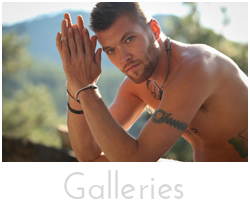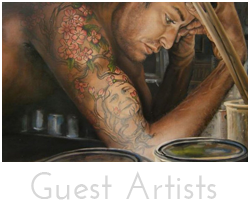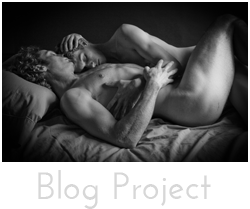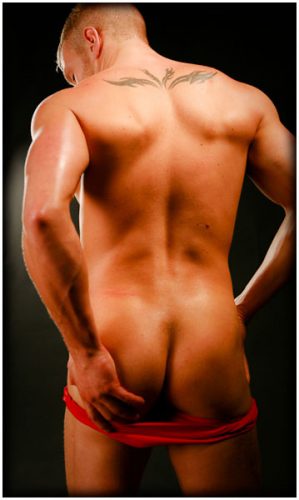 Light is the most essential quality of our sustainable existence as human beings. There is such power and mystery in light. One of the reasons I was drawn to theater was because I loved light. It begins in a dark place and transforms the space into a beautiful illusion, drawing focus to what is important. It takes us on a journey though story, character, and time. So many people take for granted the properties of light and how it impacts us socially, emotionally, and psychologically. Natural light changes color throughout the course of the day, becoming its harshest and coolest at its zenith and romantic and warm as the sun sets in the evening. Technically light is measured by color temperature, which as a quick summery, is defined and cataloged as a gradation from warm to cool tones; a candle being at the bottom and the warmest. Photography is a medium developed and based on the premise that it is a tool to record light; the reflectance of light off of images to be more precise. Darker images absorb and reflect less light, while lighter images become more reflective.
Light is the most essential quality of our sustainable existence as human beings. There is such power and mystery in light. One of the reasons I was drawn to theater was because I loved light. It begins in a dark place and transforms the space into a beautiful illusion, drawing focus to what is important. It takes us on a journey though story, character, and time. So many people take for granted the properties of light and how it impacts us socially, emotionally, and psychologically. Natural light changes color throughout the course of the day, becoming its harshest and coolest at its zenith and romantic and warm as the sun sets in the evening. Technically light is measured by color temperature, which as a quick summery, is defined and cataloged as a gradation from warm to cool tones; a candle being at the bottom and the warmest. Photography is a medium developed and based on the premise that it is a tool to record light; the reflectance of light off of images to be more precise. Darker images absorb and reflect less light, while lighter images become more reflective.
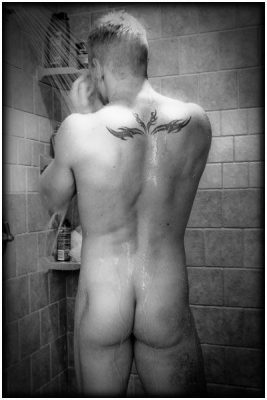 When I first began working with photography, I used to take my camera out to a location I loved and would go back to it several times through out the day to create a visual record of the color shift. It fascinated me to no end, but I had no control over what I was getting. Sure I knew what times of the day I was drawn to and could aim for shooting at the time of day, but that wasn’t fool proof either as cloud, fog, and atmospheric pressure could change and have a direct impact on the outcome. As I began to develop my craft I began to collect equipment slowly as I could afford it. I eventually found a studio and began to work in an environment in which I had absolute control. It was the studio where I learned to craft an image and my artistry grew. I recently was able to design my own studio, and it was completely engineered around the use of natural light and how it changes throughout the day. There are so many properties to studio light being broken between a strobe and incandescent (light bulbs). It becomes a process of again studying the light and channeling it to suite my desire.
When I first began working with photography, I used to take my camera out to a location I loved and would go back to it several times through out the day to create a visual record of the color shift. It fascinated me to no end, but I had no control over what I was getting. Sure I knew what times of the day I was drawn to and could aim for shooting at the time of day, but that wasn’t fool proof either as cloud, fog, and atmospheric pressure could change and have a direct impact on the outcome. As I began to develop my craft I began to collect equipment slowly as I could afford it. I eventually found a studio and began to work in an environment in which I had absolute control. It was the studio where I learned to craft an image and my artistry grew. I recently was able to design my own studio, and it was completely engineered around the use of natural light and how it changes throughout the day. There are so many properties to studio light being broken between a strobe and incandescent (light bulbs). It becomes a process of again studying the light and channeling it to suite my desire.
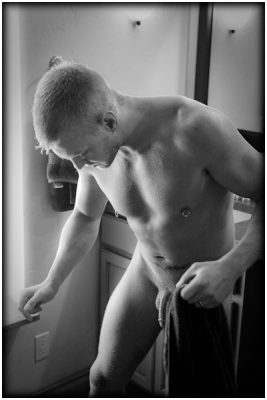 No two subjects are alike and everyone lights differently. The process becomes a detailed study of the person I am creating images of. I love to talk to them and figure out what their personality dictates and begin to build the light around them. It is heightened to match their emotional state, to hide their insecurities in its shadows, and bring to light their natural beauty. It’s a process of discovery and exploration. There are no wrong or right answers. It becomes a blending of self and subject and merging into one. The way to learn photography is to pay attention, study how others have done it before you, and look at how the greatest of artists have recorded it. My lighting style changes according to what influences me at the time. Sometimes I will pick up a magazine or be browsing the web and an image will scream out to me. I will become absorbed in its properties and deconstruct its powers over me. Sometimes it’s a line, sometimes a texture, sometimes a mood, color or tone. I will become obsessed with its properties and it will become the theme for my next study. It’s important for you to understand this fundamental because as I begin to work though my images on here, I will discuss my relationship to subject light and creation without having to go into this sort of background.
No two subjects are alike and everyone lights differently. The process becomes a detailed study of the person I am creating images of. I love to talk to them and figure out what their personality dictates and begin to build the light around them. It is heightened to match their emotional state, to hide their insecurities in its shadows, and bring to light their natural beauty. It’s a process of discovery and exploration. There are no wrong or right answers. It becomes a blending of self and subject and merging into one. The way to learn photography is to pay attention, study how others have done it before you, and look at how the greatest of artists have recorded it. My lighting style changes according to what influences me at the time. Sometimes I will pick up a magazine or be browsing the web and an image will scream out to me. I will become absorbed in its properties and deconstruct its powers over me. Sometimes it’s a line, sometimes a texture, sometimes a mood, color or tone. I will become obsessed with its properties and it will become the theme for my next study. It’s important for you to understand this fundamental because as I begin to work though my images on here, I will discuss my relationship to subject light and creation without having to go into this sort of background.
Here is are examples of the same subject in the various light sources. The top was taken with studio strobes, the middle with standard incandescent, shower and bathroom lights, and the bottom was natural light from the window.

